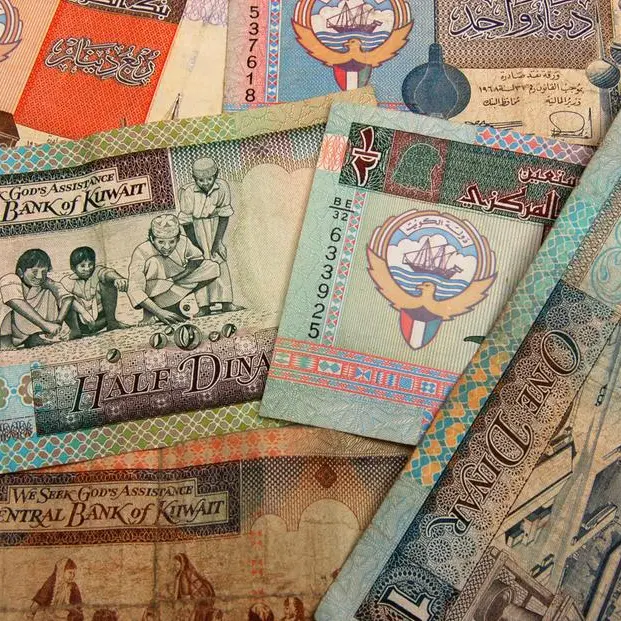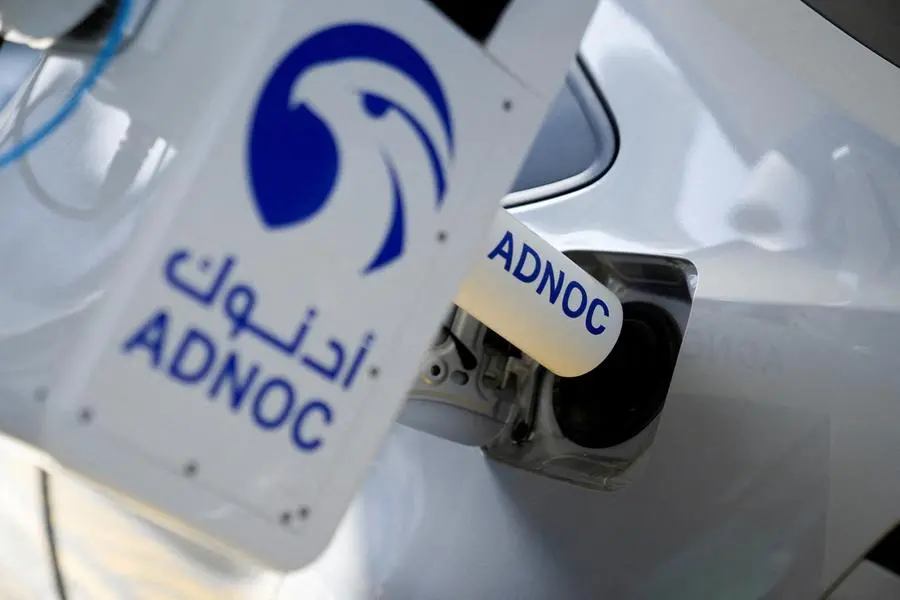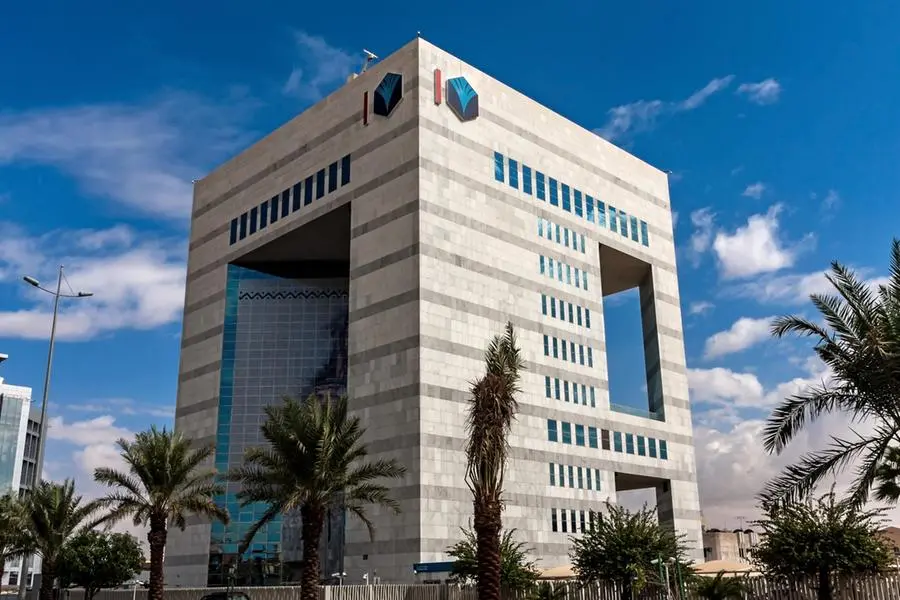PHOTO
Image used for illustrative purpose. Smiling pharmacist with commissioning machine in pharmacy. Getty Images
As efforts persist to promote Kuwaitization across various professions, it appears that the pharmacy sector may face challenges in achieving the same level of nationalization as other medical fields, and a significant period may elapse before meaningful progress is observed, reports Al-Rai daily.
Statistics reveal a notable disparity in the pharmacy workforce. In the public sector, there are approximately 1,170 Kuwaiti pharmacists in contrast to around 1,555 non-Kuwaitis. The imbalance is even more pronounced in the private healthcare sector, where the number of non-Kuwaiti pharmacists exceeds 2,950, while only 420 Kuwaitis are employed.
In the pursuit of nationalizing this sector, health sources have affirmed that several initiatives have been implemented. Key measures include the approval of Law 30/2016, which permits Kuwaiti pharmacists to obtain licenses for opening pharmacies. They can also run pharmacies in cooperative societies, provided the license is issued in the name of a Kuwaiti pharmacist.
Additionally, efforts encompass the formation of a committee to assess professional practices, a review of the regulations governing the pharmacy profession, and providing Kuwaiti pharmacists with opportunities to compete in the private sector.
Moreover, considerations are being made to restrict licenses for opening pharmacies to Kuwaiti pharmacists only, with a commitment not to lease or sell them to expatriates. There is also a move to incorporate pharmacy specialization within the programs of the Kuwait Institute for Medical Specialties, enabling qualified national pharmacists to pursue further studies.
Despite these affirmative steps, there will still be a continued demand for foreign pharmacists, similar to other medical professions. This is primarily due to the limited number of Kuwaiti pharmacy graduates, the expansion of healthcare services in both the government and private sectors, the continual launch of healthcare projects, and the ongoing need for qualified pharmacists, particularly in the establishment of clinical pharmacy units within hospitals and specialized centers.
Regarding the figures of pharmacists, sources indicate that a substantial gap persists between national and non-national personnel. Kuwaiti pharmacists amount to about 1,590 in both public and private sectors, while non-Kuwaitis number around 4,505, indicating that Kuwaiti pharmacists constitute only about 26 percent of the total.
In the government sector, Kuwaiti pharmacists make up less than 43 percent of the workforce, with more than 57 percent comprising non-Kuwaiti pharmacists.
Meanwhile, the disparity in the private sector is even more significant, with approximately 420 Kuwaiti pharmacists compared to over 2,950 non-Kuwaitis, making up about 12 percent of the sector, compared to 88 percent non-Kuwaiti pharmacists.
The sources attribute the widening gap in the private sector to the disparity in salaries between most non-Kuwaiti pharmacists and local employees, as this factor significantly influences pharmacy owners’ considerations, impacting operational expenses.
The sources have cited five reasons preventing the Kuwaitization of the sector
— The limited number of Kuwaiti graduates
— The expansion of government and private health services
— The successive opening of health projects
— The creation of a clinical pharmacy unit in hospitals and specialized centers
— The decline in the salary rate of most non-Kuwaiti pharmacists in the private sector
© 2022 Arab Times Kuwait English Daily. All Rights Reserved. Provided by SyndiGate Media Inc. (Syndigate.info).






















